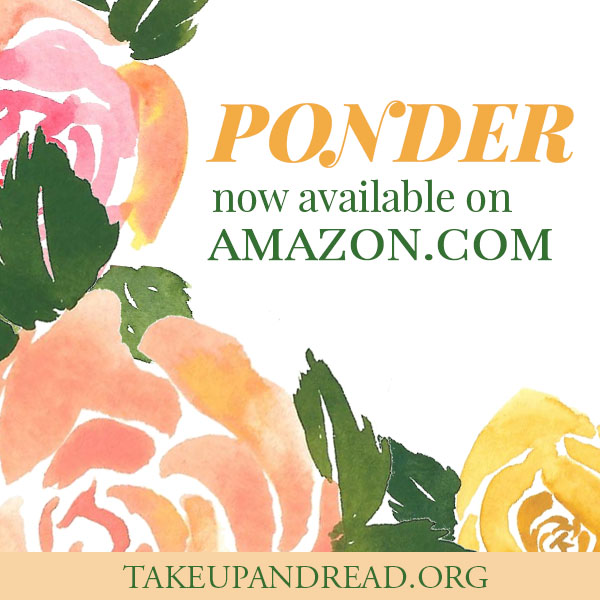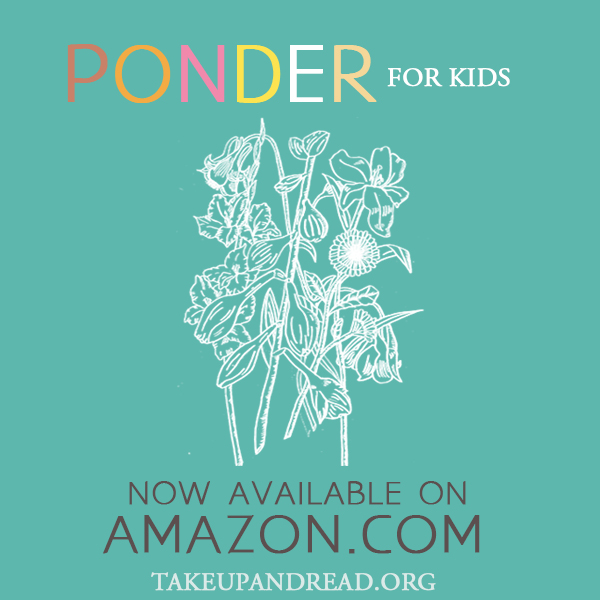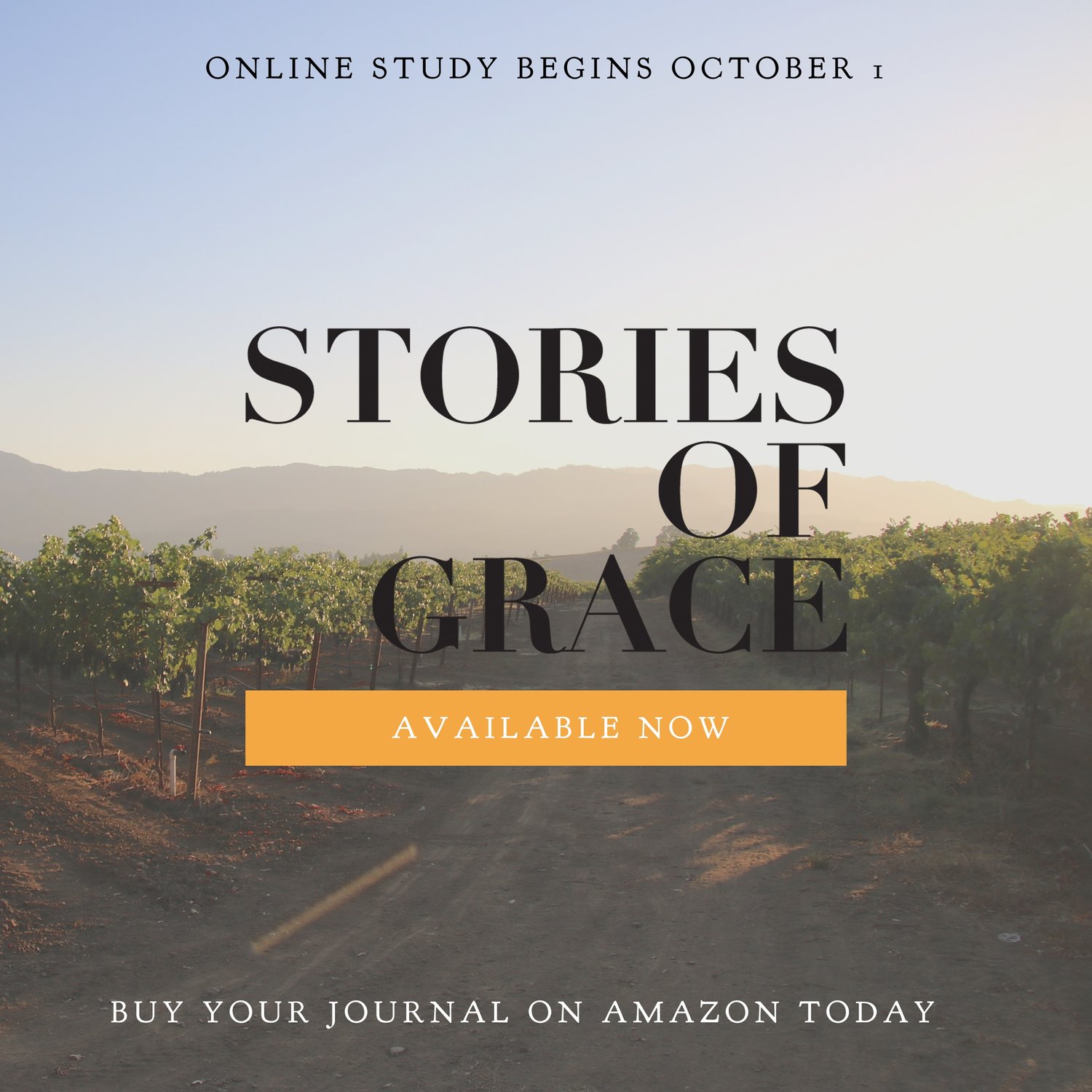Could it be a Storybook Year?
/Late last summer, as I was gathering my thoughts on curriculum and trying to plan the year, I hit a wall. Actually, I was probably already flat up against the wall, but the time of year compelled me to do what I'd always done, so I pressed on. But I didn't want to plan. And I wasn't enthused about all the things that had previously sparked so much creative energy. It wasn't exactly burnout. It was more like beaten out. I hadn't wanted to share learning ideas for over a year, but by last summer, I didn't even want to write them for myself. It just wasn't fun anymore.
I thought about just sending off for several boxes of pre-planned curriculum. And then I consulted the budget. I looked around my house at all the resources we own. I didn't order anything. Nothing. That became the plan. Use what we have and just get the job done.
We have an abundance of picture books. I love picture books. When I was in college, I'd forego the coffee shop in the Student Union Building and head instead to the tiny corner of the adjacent bookstore that was home to the children's books. I saved my latte pennies for a hardbound copy of The Complete Tales of Peter Rabbit. Way better. I loved the small room in the Ed School library that was lined with shelves of children's literature. When we were assigned a semester-long project to compile an index card file of children's books, I filled three boxes. Every card was color-coded and annotated and illustrated. I still have those cards. I loved that project.
For over twenty years, I have been inspired by the art and the literature of picture books. I've thrown my whole heart into creating with books, whether it was bulletin boards in a classroom or fullblown unit studies for many ages. Literature-based learning was where I invested most of my creative energy. Some people love their cameras, some their paints, others their yarn or fabric. For me, it was always those beautiful books and the endless possiblities of things we could do with them.
I recalled a conversation with an old friend. Several years ago, we wondered if everything in an elementary curriculum could probably be taught with a good picture book. This year became my year to test the theory. Sort of.
We read widely from the lists in Real Learning (and more), both as read-alouds and read alones. Sustaining attention for long stories is a cornerstone of how we learn in our home.
The Montessori maps come out for geography review a couple times a week.
For my fifth-grader, I have a good math text, Rosetta Stone, some art history, nature notebooks, and, at his request, Swimming Creatures of the Fifth Day. All the rest? Picture books.
For my third grader, math, Rosetta Stone, nature notebooks, drawing instruction, and picture books.
For my little ones, lots of mama time. And picture books.
I take the week's copywork from the picture books. I take the poem to memorize that week from a picture book. Every night, each of the three youngest girls chooses two picture books for me to read before going to sleep.
What unfolded is not a curriculum. It's a "freedom within limits" plan that works for us. I share it here to tell you what we've been up to, not so much as to suggest you adopt it. It's entirely real learning in the heart of our home. I thought about all the categories of books, all the subjects typical programs of studies will cover. Also, I was sure to leave some grids for me to add in books I love and just don't want them to miss. I gridded all the different categories in a weekly planning sheet. The sheet has changed several times this year as I add and delete as necessary. I've thoughtfully included the things that are important us, the components of a Charlotte Mason curriculum that I hold dear.
We read the books together or the children read them to themselves. Sometimes, they have books in common on their charts. Sometimes, they have their own particular books. I sit down the weekend before and plan out the week. I key the saints' picture books to the liturgical year. Usually, I'll ask if there is a book they want to read and let them choose within each discipline. Occasionally, I'll gather up the stack myself. It's important for me to gather all the books before the week begins so I don't spend hours looking under couch cushions or behind beds for the books I am certain I just saw.
Sometimes, there is a theme across disciplines. Nicky might read A Swim Through the Sea, Man Fish: A Story of Jacques Cousteau, and mom's choice of Night of the Moonjellies. Katie might ask about Manassas Battlefield Park as we drive by it daily, back and forth to ballet. The following week, I'll write in books like Follow the Drinking Gourd, Henry's Freedom Box, Civil War Artist, Sweet Clara and the Freedom Quilt and If You Lived at the Time of the Civil War.
More often, though, this is not about unit studies, but about a wide banquet of varied topics. If a child is super-interested in something, it's simple enough to scuttle the written plan and dig deeply with more on-topic books. Two important things about scuttling the plan:
- There must be a plan to scuttle; this isn't freewheeling and hoping that books thrown everywhere will catch someone's attention.
- If you ditch the plan, it's only to do something better. It's never to do nothing. And we need a written plan for the "something better."
Every day, the children respond in writing to at least one book. They can choose a writing project from a long list of projects or they can propose another. Not every book requires a formal response. Some books, we read, we talk about just a little, and then we close it and put it on the shelf. But every day requires some kind of writing. Every day. They might dictate a simple narration. They might peck out their own narrations. They might take off and create an elaborate screenplay. Whatever they choose, they must write something.
With the time that's left in the day, they can choose from other ways to respond to books and get as creative as they like with any book they've read that day or previously. We're busy. We're productive. We're surrounded by good language and great art. And the creative energy has returned to our educational adventures.
It's all good.











